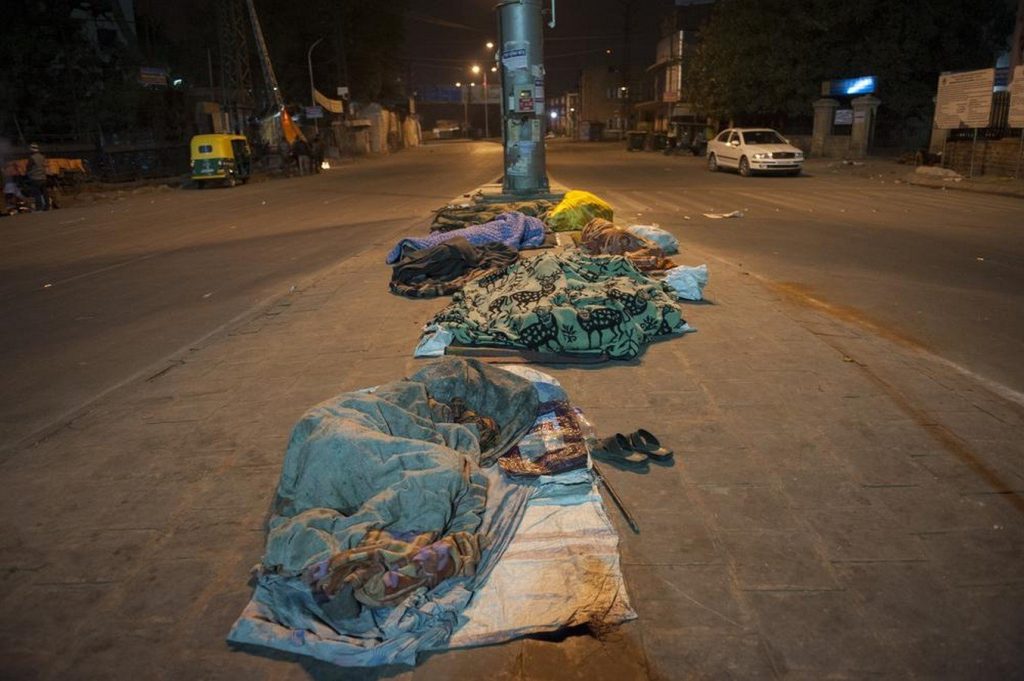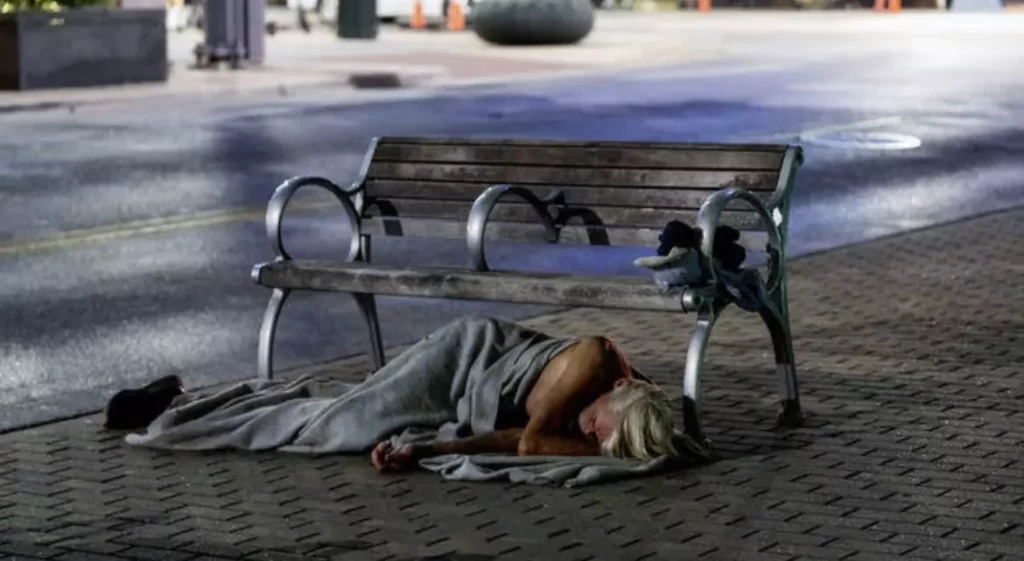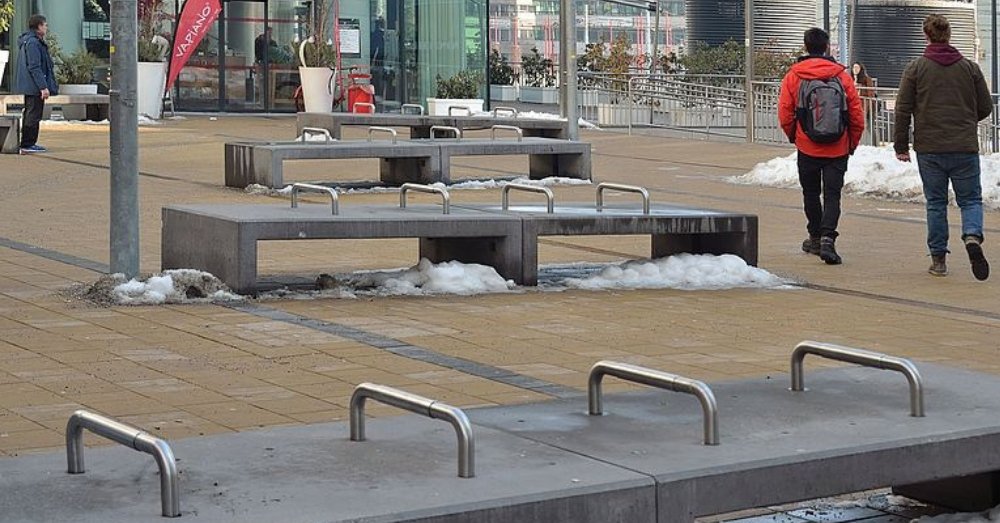Walk through Delhi, Mumbai, or Bengaluru today, and you might notice something unsettling: park benches divided by awkward armrests, concrete slopes under highway overpasses, fenced sidewalks, spiked pavements, and strategically placed boulders beneath bridges. Look closer at street dividers, and you’ll find metal studs where people once sat to rest.
These aren’t design accidents or aesthetic choices. They’re deliberate barriers—part of what urban planners call “hostile architecture,” a growing trend that transforms public spaces into environments that actively exclude certain populations, particularly the homeless, poor, and informal workers.
In India, this represents more than poor urban planning. It reveals how cities are choosing to combat the visible symptoms of poverty rather than addressing poverty itself.
Understanding Hostile Architecture
Hostile architecture—sometimes called defensive or exclusionary design—employs physical elements to discourage specific behaviors in shared spaces. The communication is silent but unmistakable: certain people aren’t welcome here.
Common examples include:
- Benches designed to prevent lying down
- Metal protrusions on flat surfaces
- Angled or uncomfortable seating
- Barriers blocking spaces where street vendors operate
- Grates installed under flyovers to prevent homeless encampments
- Excessive landscaping to discourage gathering

Officials frequently defend these measures by citing cleanliness standards or visual appeal. Yet the underlying objective remains consistent: making public areas inhospitable for those with limited alternatives.
India’s Urban Paradox
Over recent decades, India has experienced remarkable development. The promise of economic opportunity drew massive populations toward cities. Yet this growth has created a troubling contradiction: while GDP expanded, so did wealth disparity. Currently, the wealthiest 10% control 55% of the nation’s wealth, making India the world’s second most economically unequal country.
This inequality manifests most visibly in urban centers like Delhi and Mumbai. Rural homelessness has decreased by 28%, but urban homelessness has risen by 20%—a stark reversal that highlights how cities are failing their most vulnerable residents.
Fighting Poverty or Fighting the Poor?
Cities across India—from Delhi and Mumbai to Hyderabad—increasingly employ hostile design elements. Rather than investing in social services, affordable housing, or economic support systems, municipal authorities install physical barriers that push poverty out of sight without reducing it.
This approach perpetuates prejudice while addressing none of poverty’s underlying causes. The homeless and impoverished rely most heavily on public spaces precisely because they lack private alternatives. By making these spaces unwelcoming, cities don’t solve homelessness—they simply relocate it, forcing already marginalized communities into even more precarious situations.

The irony is profound: as Indian cities modernize and develop, they’re simultaneously becoming less accessible to those who built them and keep them running—the street vendors, day laborers, and service workers who form the backbone of urban economies.
A Question of Values
Hostile architecture raises fundamental questions about what cities are for and who they serve. Should public space accommodate only those with homes and income? Or should it fulfill its democratic promise as space genuinely available to all citizens?
When cities install spikes and barriers instead of shelters and support systems, they make a clear statement about priorities. They’re choosing aesthetics over humanity, comfort for some over access for all, and visibility management over genuine solutions.

India’s urban centers stand at a crossroads. They can continue down the path of exclusionary design, or they can recognize that true development means creating cities where everyone—regardless of economic status—has dignity, space, and opportunity.
The choice isn’t just about architecture. It’s about the kind of society India wants to build.
Featuring Image Courtesy: Youth ki Awaaz

Minerva is a visual artist and currently serves as a sub editor at Abir Pothi.





